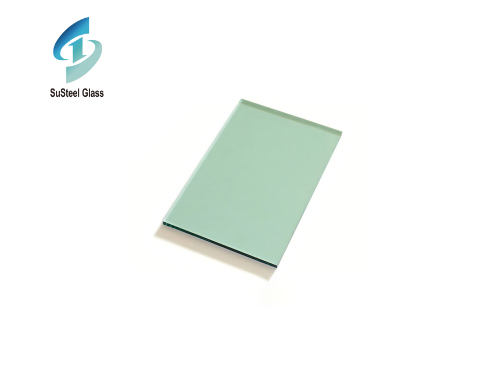
Green tinted glass is a kind of building material with unique charm. It has attracted wide attention for its aesthetic and environmental characteristics. Green tinted glass not only adds a touch of nature to the building, it also creates a more sustainable world for us.
First of all, green tinted glass plays an important role in architectural design. It can be used for building facades, Windows, roofs and other glass structures, giving buildings a unique look. Green tinted glass can appear in different shades, from light green to strong green, and even with a metallic texture.
Secondly, green tinted glass has many environmental advantages. Green tinted glass filters out some of the sun's heat and ultraviolet rays while retaining most of the visible light. This allows interior Spaces to make better use of natural light and reduce energy consumption. In addition, green tinted glass also has good thermal insulation properties, which can reduce the load of air conditioning and heating systems, further reducing energy consumption.
In addition, green tinted glass also plays a positive role in the indoor environment. It filters out harmful UV rays, reduces glare, and provides soft natural light. This helps to improve the comfort of indoor Spaces, reducing eye strain and visual discomfort. In addition, green tinted glass can also absorb part of the noise, providing a quieter working and living environment.
In short, green tinted glass is a fascinating building material. Its aesthetic and environmentally friendly features make it a highly regarded choice in architectural design today. By reducing energy consumption, improving indoor environmental quality and lowering carbon emissions, green tinted glass creates more sustainable buildings and lifestyles for us. With the increasing attention to sustainable development, it is believed that green tinted glass will play a more important role in the future architectural design.
 Exploring the World of Green Tinted Glass Products: Versatility and Sustainability
Exploring the World of Green Tinted Glass Products: Versatility and Sustainability
 Exploring the Versatility and Elegance of Custom Thick Glass
Exploring the Versatility and Elegance of Custom Thick Glass



